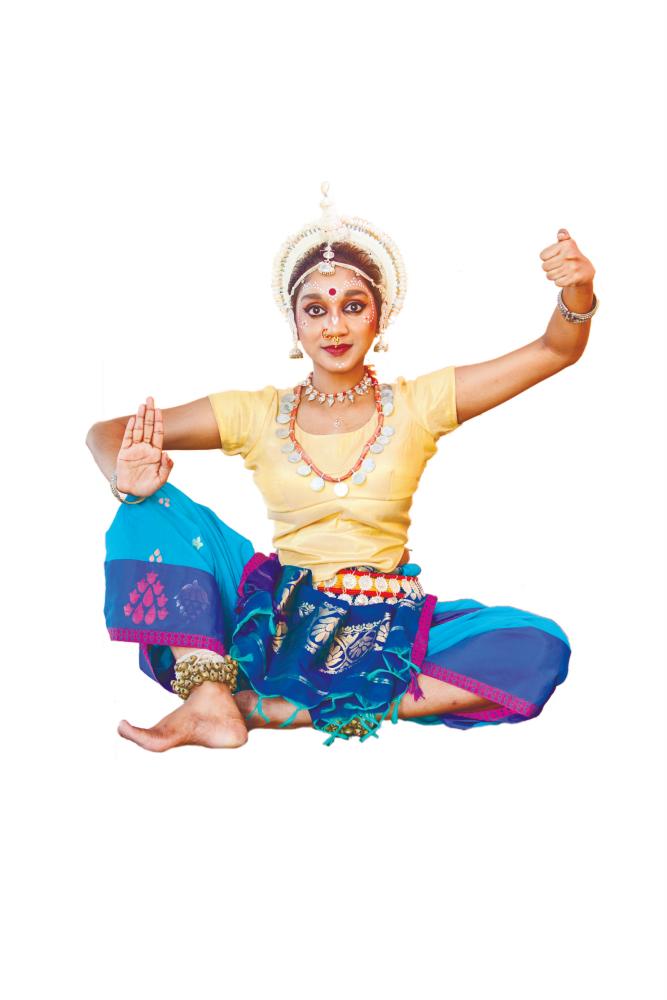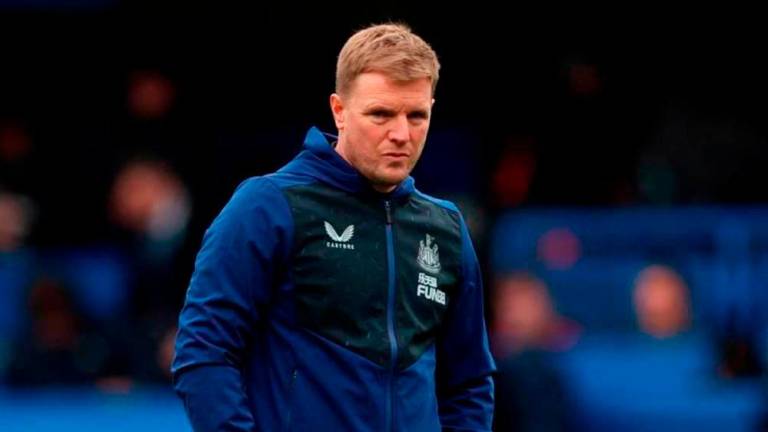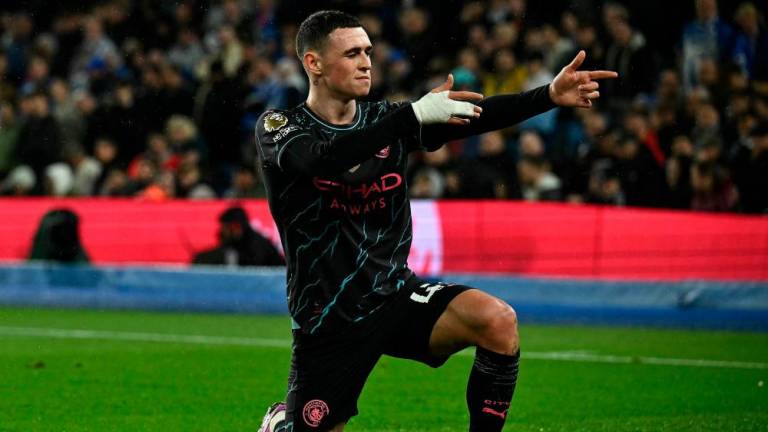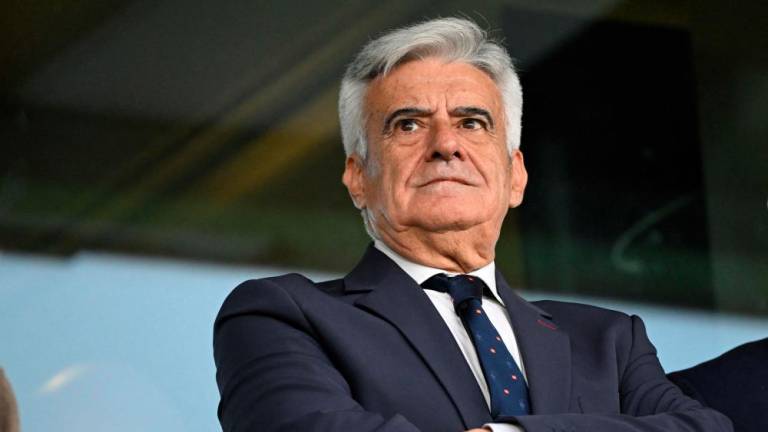INDIAN classical dance exponent Nalisha Sandrasegran was only six years old when her mother enrolled her in Bharatanatyam classes at the Sutra Academy, under the tutelage of renowned dance master Ramli Ibrahim.
“Initially, I learned to dance because I wanted to make my mother happy,” remembers the now-21-year-old Kuala Lumpur native. She also studied Odissi, another Indian classical dance form, under Ramli.
Over time, Nalisha developed a strong passion for these two classical dance forms, and now says she cannot imagine her life without dancing.
She says: “For some people, Indian classical dance is about the beautiful costumes and exotic makeup. But I have gone beyond the costumes and the makeup. Dancing is my way of expressing my emotions.”
She has also performed in several major productions under the Sutra banner in Malaysia, Singapore and India.
She cherishes these experiences because they gave her the confidence to mingle with people from all walks of life, and helped her become more outgoing.
Preparing to perform in shows is never easy. “You have to practise at least four hours straight in a day,” she says.
“Practice is important. Practice cannot be ignored. Practice makes everything perfect.”
Some believe that dancers have a short career shelf life, and that all their best years take place when they are young. But Nalisha doesn’t agree that there is an age limit for a dancer.
She says: “Look at my guru, Ramli Ibrahim. He is 66 years old, and still dancing. He has proven you can still dance at any age. I want to follow in his footsteps.”
When asked what are her strengths as a dancer, she says: “People have said I am very expressive. My eyes show the emotions I am feeling. They [say they] watch my dancing for my expression.”
While Nalisha has gotten quite a number of compliments on her dancing, one wonders how she handles criticism.
“Criticism should not stop you from pursuing what you love,” she says. “You should take criticism in stride, and use it to improve yourself.”
She admits that male dancers face far harsher criticisms compared to females when they take up dancing. For example, male dancers are often labelled as ‘effeminate’.
“There are fewer boys learning to dance because of this kind of bullying,” she says. “[And] because there are fewer boys learning dance, they are more in demand compared to female dancers.”
She believes that the key to any success is perseverance, and that male dancers just have to turn a deaf ear.
“I find that the biggest misconception people have about dancers is that they are unintelligent because all they do is dance,” she says.
“In fact, dancing helps develop the neurons in the brain better than any other physical training.
“It is common to see dancers pursuing university degrees, and becoming doctors and therapists.”
Nalisha should know, as she herself has other dreams beyond dance. In fact, three years ago, she took a break from her dance classes because she wanted to focus on her education.
She is currently pursuing a degree in Medical and Health Science, and hopes to become a medical professional one day.
Despite her planned future career, she says her love for dance will not be ignored. She intends to continue to perform as much as possible.
And when she is not studying or dancing, you will find her in the kitchen, indulging in her third love – baking.
With a laugh, she says: “My grandmother and my mother are great bakers, and I am just keeping the traditions alive.”










